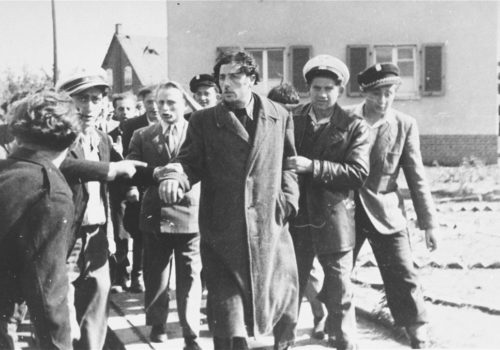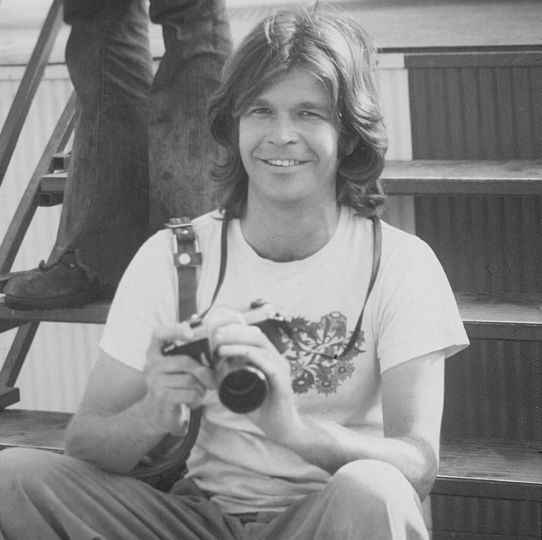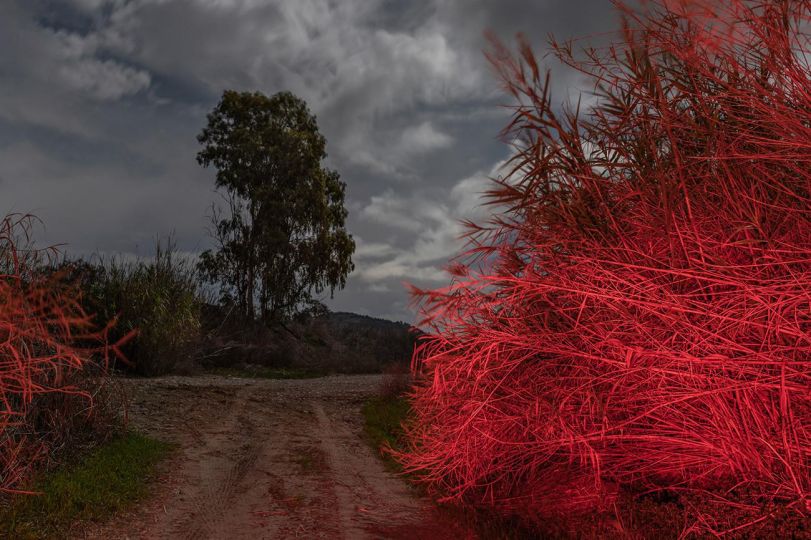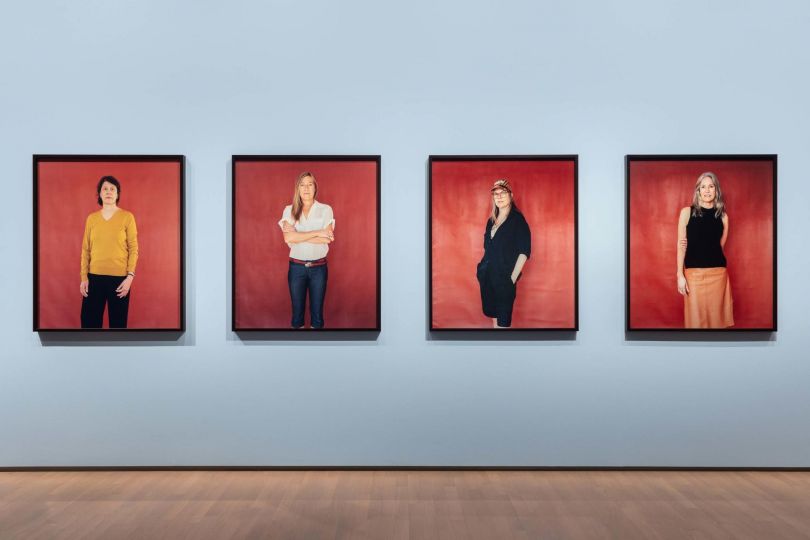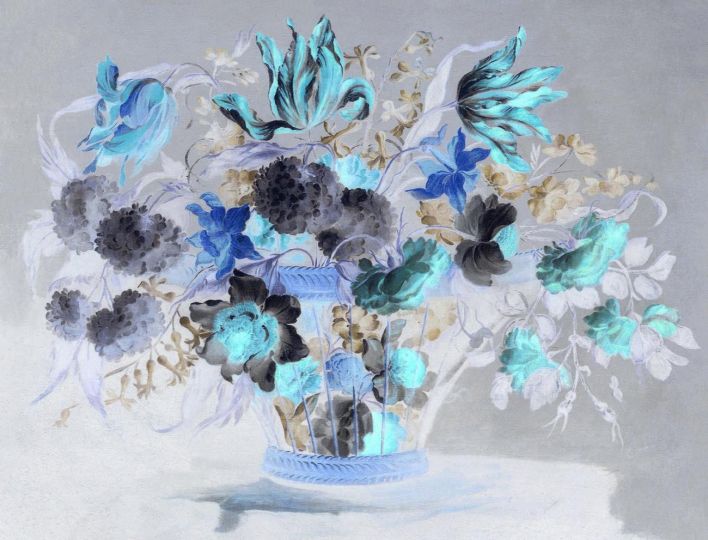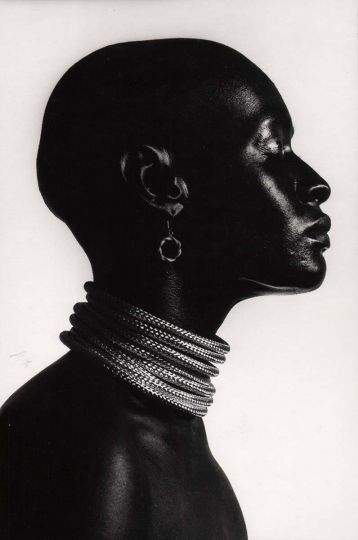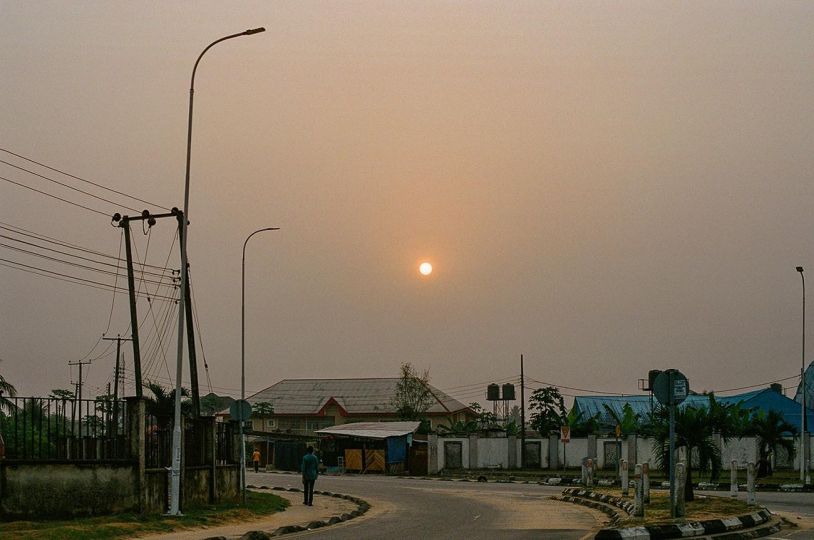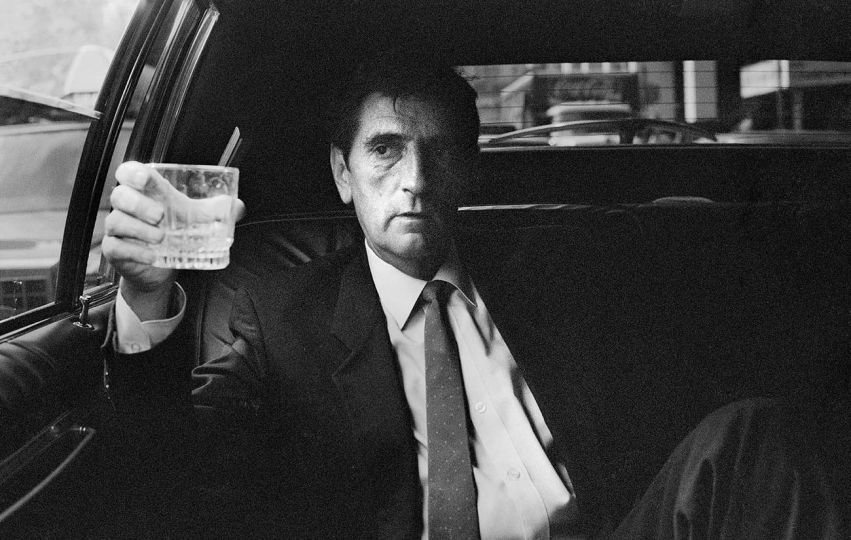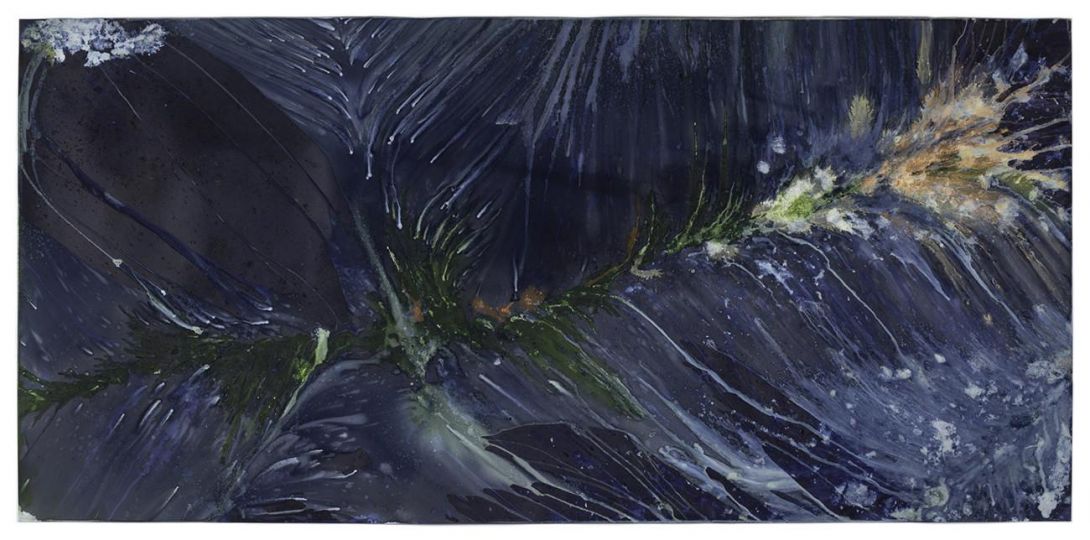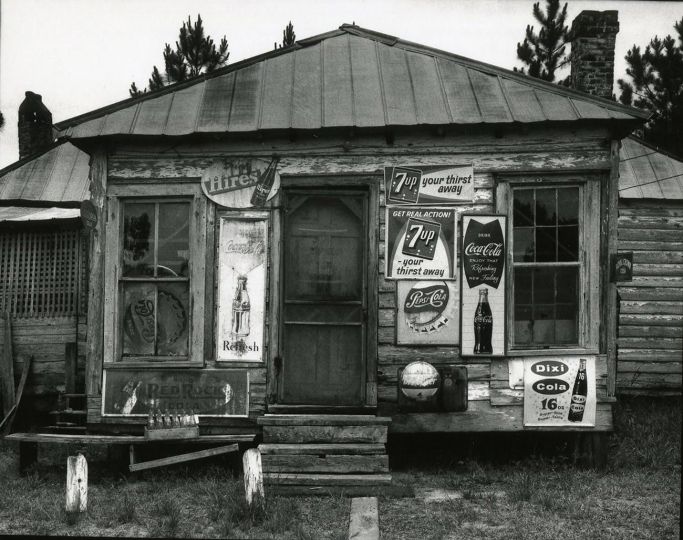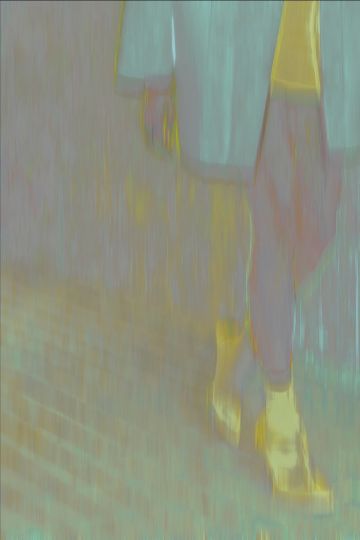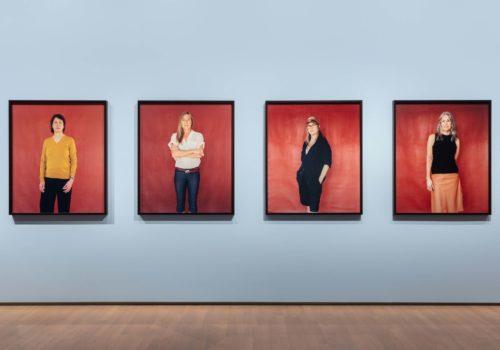The Shoah Memorial in Paris recently opened a new exhibition, entitled “After the Shoah. Survivors, refugees, 1944 – 1947”the lay out is made of seven chapters, and close to 250 photographs.
After the catastrophe. The return to a normal life hardly seems possible for the Jews of Europe who were able to escape the Shoah. Although they had been victims of a specific persecution, their lot constitutes only one problem among many on the scale of a continent to be rebuilt. They all want to find their relatives and close friends, to return to their homes or find a safe haven, to imagine a future again. Who is to help them? which justice ? How to preserve the vestiges of a vanished world and gather the evidence of the crime.
Of Post-Shoah, in general we recall the terrible images of the opening of the camps. Yet, the period between the end of July 1944, the date of the liberation of the first camp by the Soviets, and autumn 1947 on the eve of Israel’s independence, constitutes a historical sequence in itself. Uncertainty is everywhere, particularly in the three countries featured in this exhibition. In Poland, more than half the returning refugees from the USSR and the few survivors leave, in large numbers, the country that to them is still hostile. In occupied Germany, the Jewish refugees fleeing eastern Europe find themselves mostly in camps opened to receive the millions of “displaced persons”, waiting for a place to call home or the chance to emigrate.
In France, if most Jews are out of danger by September 1944 when most of the territory is liberated, the road towards a new life is often long and difficult. Moreover, a short time later, the country has to face up to the arrival of two other very vulnerable Jewish populations: the few survivors from the camps and the many refugees from eastern and central Europe.
Although largely destroyed, the Jewish communities manage to reconstruct their religious, cultural and political life, thanks to mutual help and solidarity, and thanks to the support of Jewish organisations, particularly those in America. They succeed in producing the first accounts, to build up a “first memory” thanks to the testimonies and the evidence collected during and just after the war. Post-Shoah, is the time when the Jewish minorities sought to reclaim their destiny.
EXHIBITION
Après la Shoah. Rescapés, réfugiés, survivants 1944 – 1947
From January 27th to October 30th, 2016
Mémorial de la Shoah
17, rue Geoffroy–l’Asnier
75004 Paris
France
Tél. : 01 42 77 44 72
Free Entrance
http://www.memorialdelashoah.org
http://www.apres-la-shoah.memorialdelashoah.org

